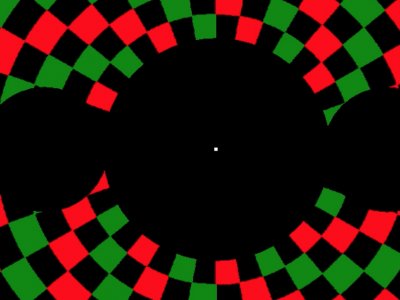
University of Queensland researchers have shown that visual hallucinations in people with macular degeneration (MD) are associated with abnormally heightened activity in the visual cortex of the brain.
The findings, published in the journal Current Biology, could improve diagnosis of such hallucinations.
Macular degeneration is a retinal eye disease that causes progressive deterioration of the central region of the retina, leading to visual loss in the centre of the field of vision, while peripheral vision usually remains unaffected. In Australia, MD is the leading cause of legal blindness in people over the age of 40.
Curiously, many people who develop MD go on to develop a condition known as Charles Bonnet Syndrome, in which they experience hallucinations as the brain adjusts to significant vision loss. The hallucinations can be simple geometric patterns, or much more complex scenes involving animals, people and places.
Why some people with MD experience hallucinations while others do not has remained unclear, but there have been suggestions that the activity levels – or ‘excitability’ – of certain visual regions of the brain could play a role.
To address this, Professor Jason Mattingley and his team from the university’s Queensland Brain Institute (QBI) and School of Psychology stimulated the peripheral visual fields of study participants and found that individuals with hallucinations do indeed show significantly heightened activity in particular parts of their visual system.



